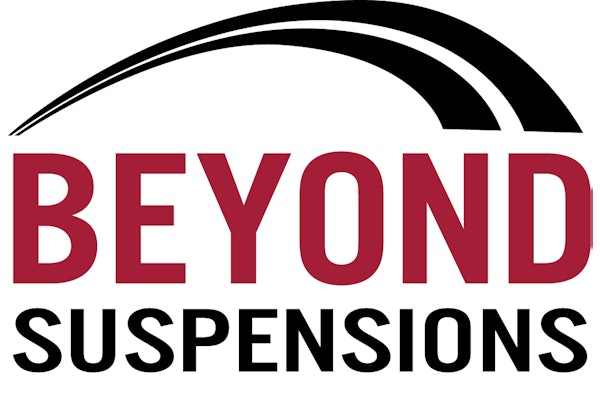Competing solely on price is a vanishing business model – the pennies can be sliced just so thin. The companies that are successful in this business for the long haul know the proven way to stay profitable is by differentiating themselves from the competition. They excel through exemplary attention to customer needs, such as guaranteeing on-time parts delivery, dedicating bays for expedited routine services, maintaining healthy inventory depth and sharing resources, whether it be marketing materials or repair information for installer customers.
Sometimes that means meeting needs before those needs ever arise.
Competition on your customers’ side is just as fierce as your own. Shipper expectations are constantly on the rise, attracting and keeping drivers is an ongoing challenge, freight volumes fluctuate and ever-higher operating costs keep eating into the bottom line. Customers increasingly look to their aftermarket business partners to be problem solvers, providers of solutions.
An area ripe for growth is offering components and technologies that go beyond simply keeping vehicles up and running. In other words, complementing parts for replacement with parts for performance.
This issue’s cover story looks at several in-use and emerging components and systems that fleets are spec’ing to reduce operating costs and improve on-time deliveries.
In addition to being able to support these high-tech systems for future service and repair revenue, including them in your repertoire of product offerings further positions you to help customers help themselves.
Tire pressure monitoring systems that can prevent emergency roadside repairs and downtime, GPS tracking devices that prevent theft and provide shippers with real-time delivery status and auxiliary power units that reduce fuel use and aid compliance with anti-idling laws are proliferating throughout the marketplace. Fleets are increasingly recognizing that these advancements are not luxury items, but provide a provable return on investment.
Therefore, they should not just be in the retail and installation domain of factories and dealers. The independent aftermarket needs to be a player here too.
To do so, outside salespersons, during the routine course of customer calls, have to focus on not just serving immediate needs, but future needs as well. They should be positioned to educate customers about all available product solutions and be able to make a cost-benefit case for their implementation. This can apply to parts counter personnel and service managers as well. If a customer comes in to replace their dual-drive tire and wheel assembly, give them the opportunity to save weight and increase payload capacity by purchasing aluminum wheels and wide-base tires.
For some distributors, this will require a greater dedication to sales training and sharing of vendor information. It also will require greater outlays of capital and dedicated shelf space. The required investment is sizeable, but the benefits should more than offset the initial costs.
The margins for many of these components provide a healthy return, but more importantly, it means becoming a greater resource for customers, a true business solutions provider. And that makes the investment invaluable.






